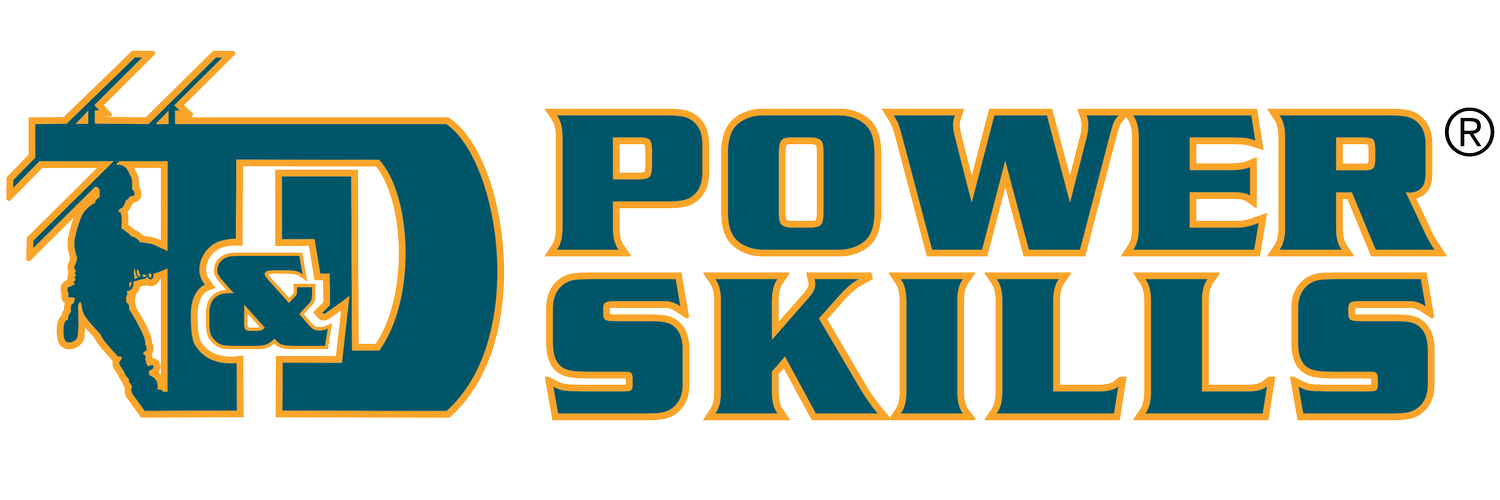Control Equipment
COURSE DESCRIPTION
Disturbances and failures in a transmission and distribution (T&D) system can interrupt customer service and damage system equipment. Control equipment is the general name given to devices designed to minimize the effects of disturbances and failures. Control equipment helps to limit the number of customers affected by a given disturbance, as well as limit damage to the T&D system.
COURSE GOAL
This training program is designed to provide T&D system personnel with an understanding of why control equipment is needed, what equipment is used to provide control, and how the equipment works together. Although specific types of control equipment are used as examples, the emphasis is on general procedures that apply to most types of control equipment.
SUBJECTS AND OBJECTIVES
Control Functions, Modes, and Equipment
State two basic reasons why control is needed in a substation.
Describe how control is provided.
Identify the equipment typically used to provide control.
Voltage Control
State why it is necessary to control voltage.
Describe how a simple voltage control system works.
Distribution Feeder Fault Control
State why it is necessary to control the effects of faults.
Describe how the effects of distribution feeder faults can be controlled using an overcurrent relay protective system and a feeder reclosing relay control system.
Transmission and Subtransmission Feeder Fault Control
Describe how the effects of feeder faults can be controlled using an impedance relay protective system.
Identify the difference between controlling the effects of feeder faults with an impedance system and controlling the effects of feeder faults with an overcurrent system.
Station Fault Control
Describe how the effects of station faults can be controlled using a differential relay system
Identify the differences between controlling the effects of station faults with a differential system and controlling the effects of station faults with an overcurrent protective system.
Source Circuit Fault Control
Describe how the effects of source circuit faults can be controlled using a directional relay protective system.
Describe how the effects of opens on a source circuit can be controlled using a voltage relay protective system.
Describe how the duration of a source circuit outage can be minimized by an autoclosing relay protective system.
Routine Checks of Control Equipment
List items typically checked during a routine inspection of substation control equipment.
Identify what various fault indications mean.
